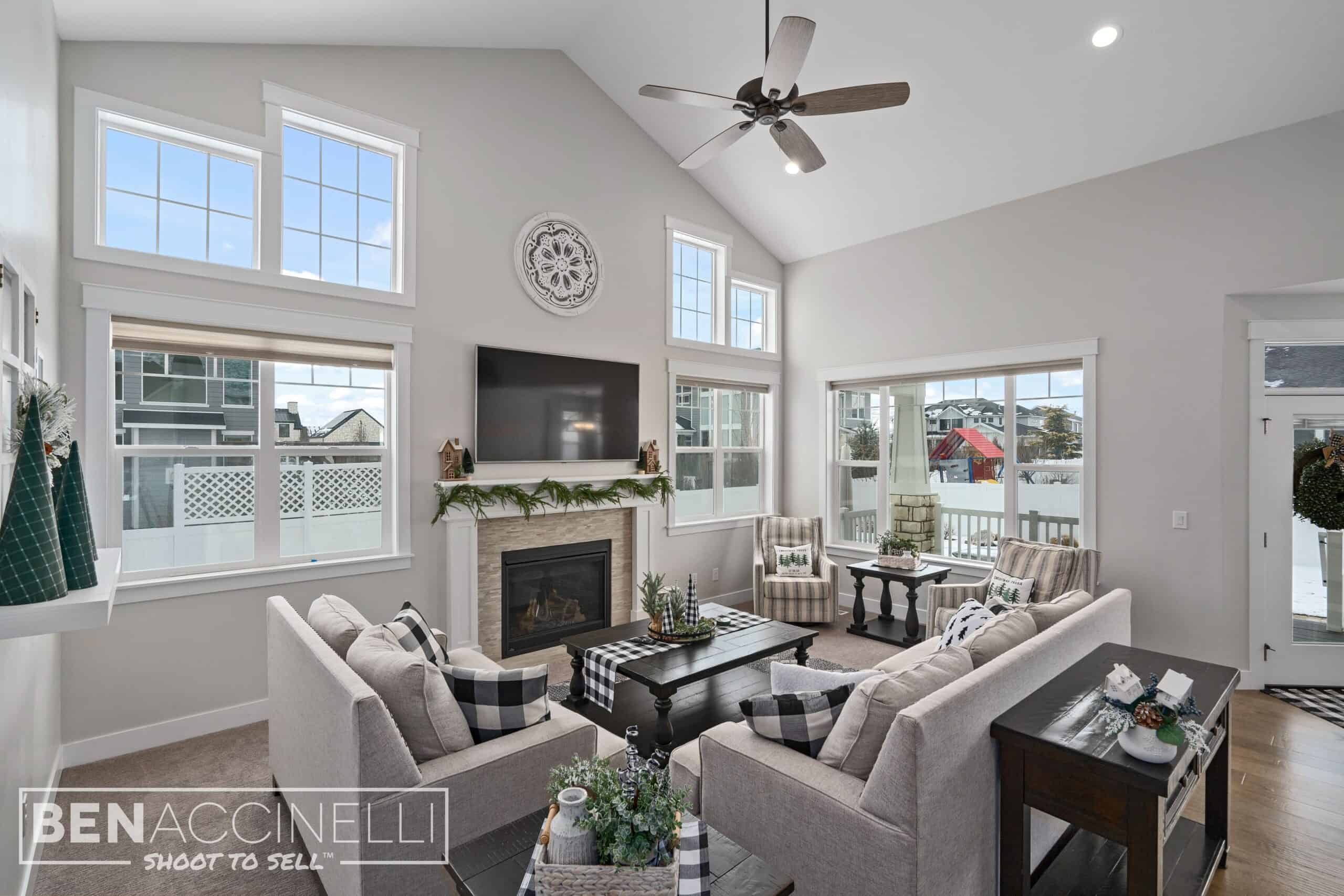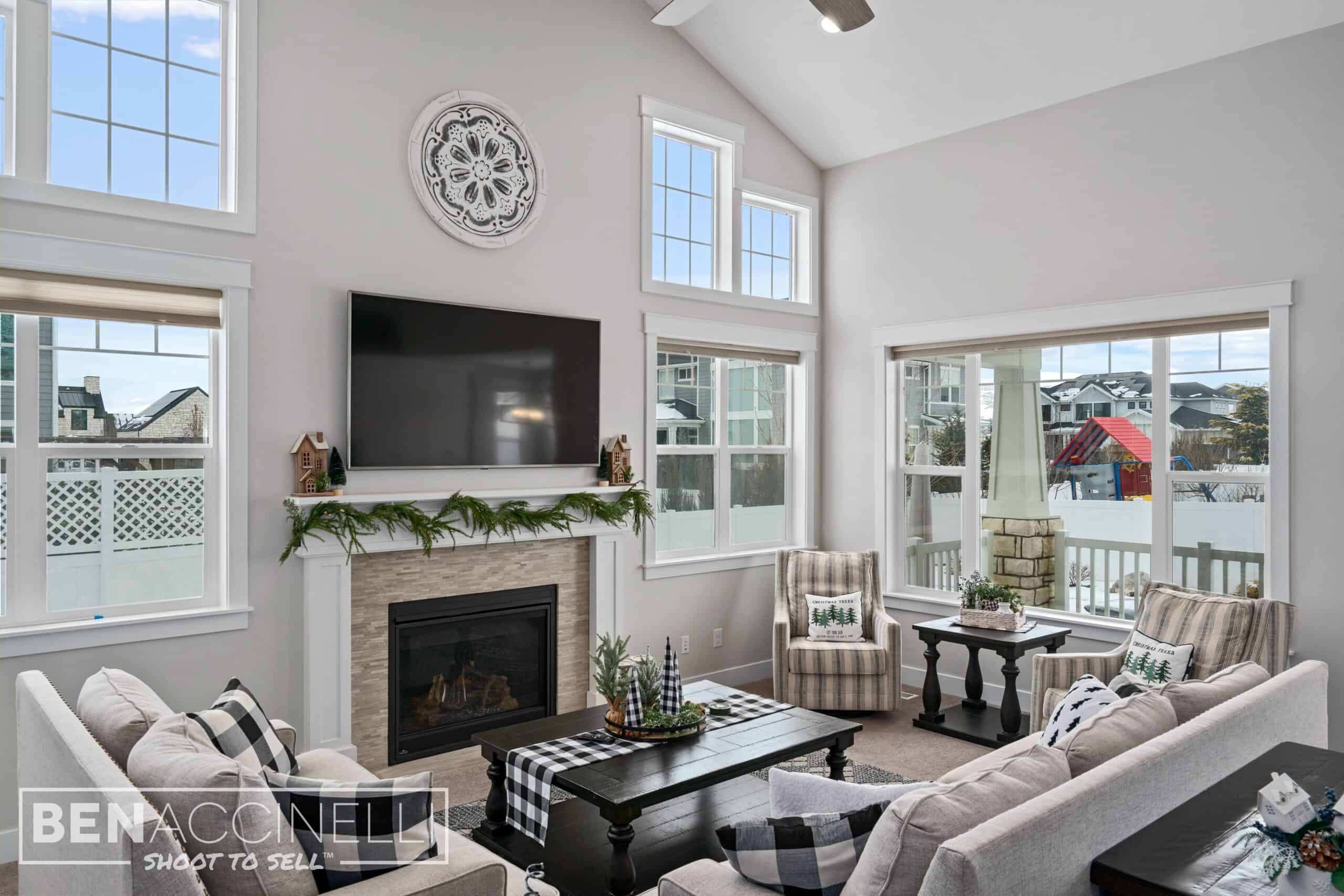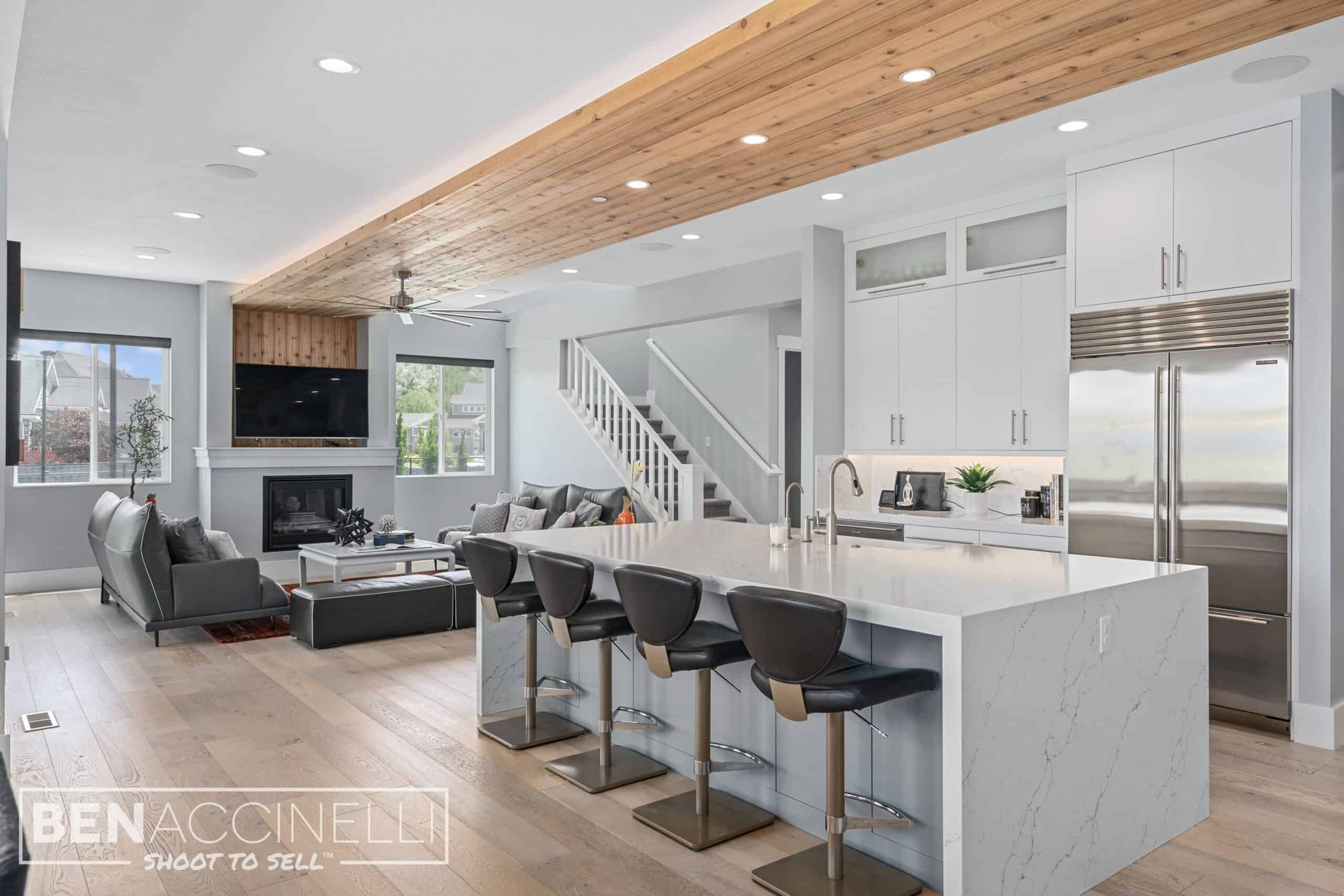Do You Need a Full-Frame Camera for Real Estate Photography?
As a real estate photographer, I’ve often been asked if a full-frame camera is necessary for capturing high-quality images. I’ve learned that it’s not always about having the most expensive gear, but rather about knowing how to use the equipment you have to its fullest potential.
Whether you’re just starting out or looking to upgrade your equipment, this post will provide you with the information you need to make informed decisions about your gear.
 While it’s true that many professional photographers prefer to use full-frame cameras, there are other options that can give you great results. Many budget-friendly DSLR cameras or smartphones today can take high-quality photos, and with the right techniques, you can produce stunning real estate photos.
While it’s true that many professional photographers prefer to use full-frame cameras, there are other options that can give you great results. Many budget-friendly DSLR cameras or smartphones today can take high-quality photos, and with the right techniques, you can produce stunning real estate photos.
A cheap DSLR camera that can support a three or five-shot bracket will do the job. This means that the camera can take multiple shots at different exposures, which can be combined later to create a perfectly exposed final image. By using a DSLR camera that supports different lenses and bracketing, you’ll be able to achieve professional-grade images without breaking the bank on a full-frame camera.
However, it’s important to keep in mind that when you’re shooting for the MLS, people may not be able to tell the difference between a photo taken with a smartphone and one taken with a DSLR. But when it comes to high-resolution images for websites or printed media, the difference will be more noticeable.
How to Find the Right Camera
If you’re just starting out in the real estate photography business, I recommend that you spend your money on glass first, and then on a camera. When it comes to lenses, invest in one that has a minimum focal length of 16mm. This will give you the wide shots that you need to showcase a room and grab the attention of potential buyers. An f-stop of 4 is more than enough because you’ll be shooting between f8-f11 depending on your shooting style and editing style.
1. Pick a brand you’d like to work with like Canon, Sony, or Nikon.
We use Sony, but Canon is known to have some of the best glass out there. Long story short, I got suckered into Sony and all of our gear is now built around it. Sony can produce some incredible photos and videos, I just don’t like the ergonomics and user experience with their gear.
2. Verify that it can support a three or five-shot bracket and preferable on a timer or you’ll need some type of cable release whether a physical cable release or wireless from your phone.
A cable release will allow you to snap your photos, especially your brackets, without having to physically touch the camera to reduce camera shake.
3. Find out what type of sensor it has. If it’s a crop sensor, it could be a 1.5 crop sensor meaning that if you get a 10mm lens, 1.5 x 10 it’s 15mm. 15mm is great so long it isn’t fisheye. Apply that math to find your lens.
4. The best lenses are the ones that will give you 16-35mm focal length. Again, don’t worry about your f-stop, the lower it is, the more expensive it will be and you won’t need anything less than f4 for real estate.

Shot at 16mm focal length

Shot at 16mm focal length

Shot at 24mm focal length

Shot at 24mm focal length
It’s also worth noting that many professional real estate photographers shoot at a 24mm focal length. This is considered the most optimal focal length for real estate photography as it allows you to showcase a room with minimal distortion. When it comes to the average listing, 16mm is the best and you’ll find some opportunities to shoot in 24mm if you have the room to do so.
Conclusion
Don’t feel like you need to invest in a full-frame camera right away. Instead, focus on investing in a good lens, and a cheap DSLR camera that can support a three or five-shot bracket. Having a wide-angle lens with a focal length of at least 16mm or 24mm can greatly enhance the overall look of a room and give it a more spacious feel. This is particularly important in real estate photography as it allows potential buyers to better visualize the space and see all the features of the room. As your business grows, you can upgrade your gear.
Remember, the most important thing is to know the right techniques and apply it to take great photos and make sure your clients are happy.
